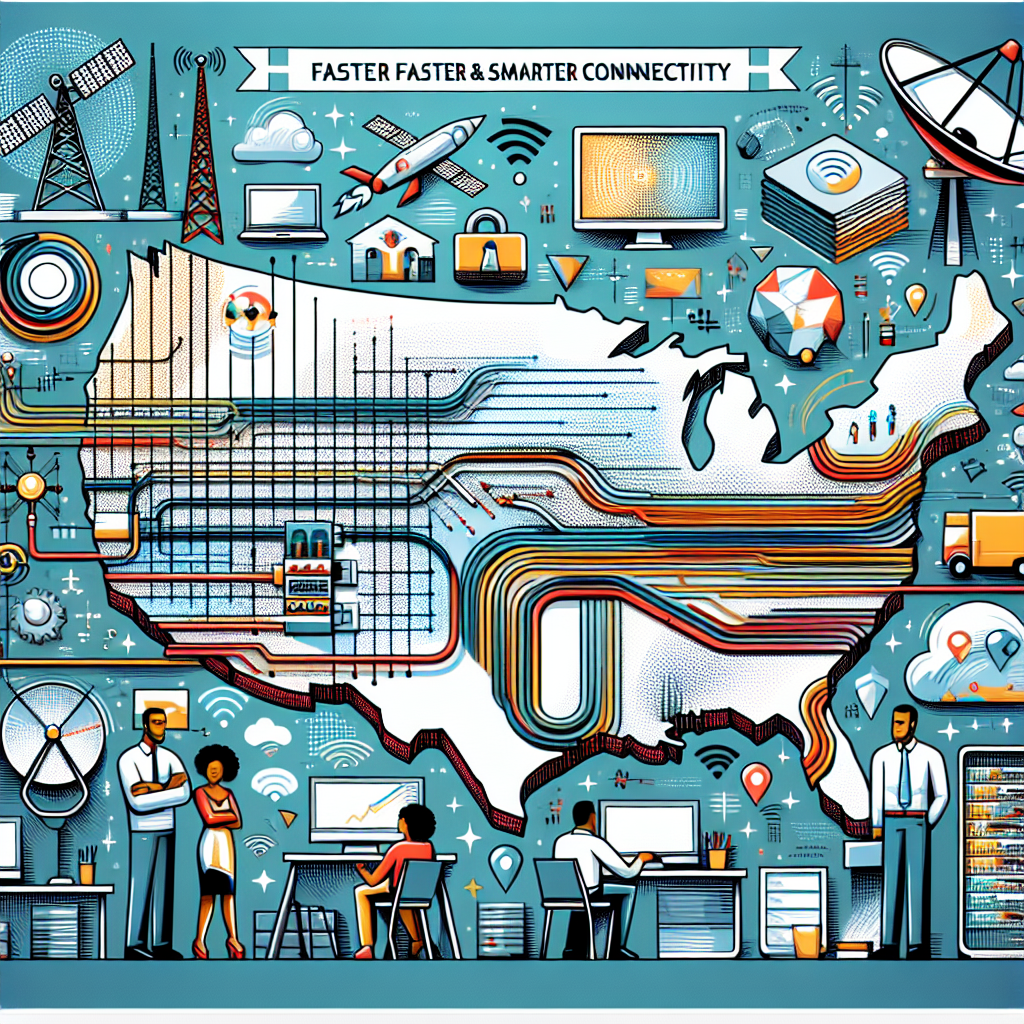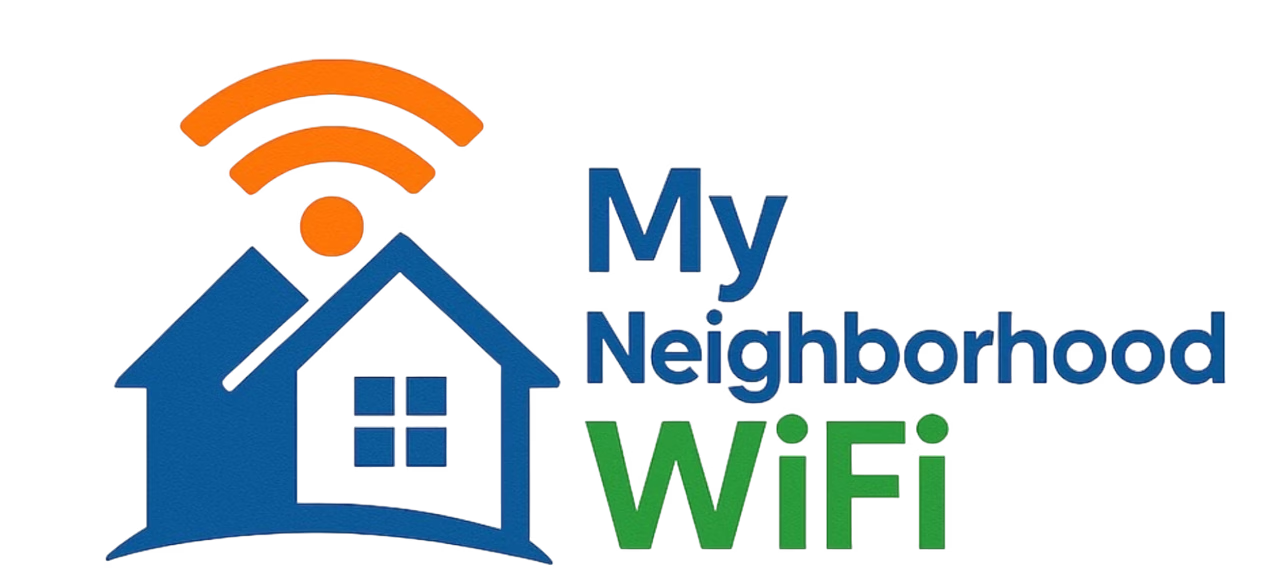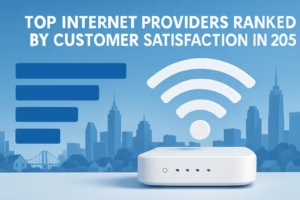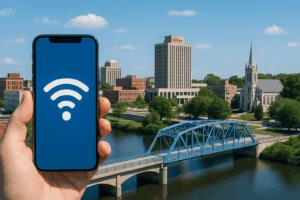
Expanding Internet Infrastructure in the US Driving Faster and Smarter Connectivity
In recent years, expanding internet infrastructure in the US has become a cornerstone of technological progress. With more homes, businesses, and entire communities relying on digital access for education, work, healthcare, and entertainment, advancements in infrastructure are driving faster and smarter connectivity across the nation.
Why Infrastructure Expansion Matters
The internet is no longer a luxury—it’s essential. Expanding infrastructure offers several benefits:
- Improved access to remote work opportunities
- Better educational resources for students
- Enhanced telehealth services
- Growth of smart home technologies and Internet of Things (IoT)
- Boosted competitiveness for local businesses
What Is “Smarter” Connectivity?
Improved infrastructure isn’t just about speed—it’s also about intelligence. Smarter connectivity refers to technologies that optimize how data flows through networks. For example, advanced routers, network slicing, and mesh systems allow devices to communicate more efficiently, reduce congestion, and minimize downtime.
The Role of Fiber Networks
Fiber-optic deployment continues to expand steadily, becoming the backbone of modern internet infrastructure. Unlike older copper wires, fiber can deliver symmetrical upload and download speeds that support everything from 4K streaming to massive cloud storage transfers.
Advantages of Fiber
- Higher bandwidth capabilities
- Lower latency for gaming and video conferencing
- Future-proof for emerging technologies like augmented reality and AI-driven applications
Emerging Technologies Fueling Expansion
The backbone of internet growth doesn’t consist of one technology alone. Multiple innovations are pushing boundaries:
- 5G Integration: Mobile networks are blending with fixed broadband to deliver ultra-fast wireless options.
- Mesh Wi-Fi Systems: These systems are gaining popularity for covering larger homes or small offices with consistent connections.
- Edge Computing: Reducing the distance between devices and servers helps speed up processing, vital for real-time data transfer.
- Artificial Intelligence: AI optimizes network traffic flow to maintain steady performance even in high-demand areas.
Community-Level Impact
On a local scale, infrastructure expansion is reshaping communities. Entire neighborhoods are seeing growth through more accessible high-speed networks:
- Small businesses can compete online
- Residents access better telehealth options
- Students in rural areas gain equal footing in online education
Platforms like Reddit and Quora often feature discussions from rural residents who share how new connections have changed their access to education and business opportunities.
Challenges in Expansion
Even with progress, challenges remain:
- Geography: Remote areas require more resources to connect.
- Costs: Infrastructure projects are capital-intensive, and not all communities can afford rapid rollouts.
- Skill Gaps: More connectivity requires technical training to help users take full advantage of the internet safely and effectively.
Government Initiatives and Investments
To address broadband gaps, US policy has dedicated significant funding for rural and underserved communities. This focus on digital equity is essential for ensuring that everyone, regardless of zip code, can access reliable connectivity.
Examples of Expansion Efforts
- Grants and subsidies for rural fiber deployment
- Public-private partnerships encouraging telecom investment
- Smart city initiatives integrating Wi-Fi in public spaces
Smart Homes and IoT Depend on Better Internet
As more devices connect to the home network—smart thermostats, security systems, and energy-saving appliances—demand for stable and fast internet continues to climb. Without robust infrastructure, IoT adoption slows down.
Comparing Internet Infrastructure Types
Different network types still make up the nationwide internet landscape. Each has strengths and weaknesses:
| Technology | Advantages | Limitations |
|---|---|---|
| Fiber | Fast, reliable, low latency | Expensive, limited in rural buildouts |
| Cable | Widespread availability | Shared bandwidth causes slower speeds at peak times |
| Fixed Wireless | Quick to deploy | Performance depends on line of sight and weather |
| DSL | Runs on existing phone lines | Slower speeds, outdated infrastructure |
Future Outlook
Looking ahead, US internet infrastructure expansion will continue to accelerate as demand rises. International competition plays a role too—countries worldwide are racing to develop their digital capacities. For the US to stay competitive, the focus must remain on:
- Broadening access to underserved communities
- Supporting public policy that encourages innovation
- Prioritizing security to prevent cyber threats
- Growing green, energy-efficient infrastructure
How Everyday Users Benefit
The biggest win from infrastructure expansion lies in everyday usage. Imagine these daily improvements:
- A student downloads coursework in seconds instead of minutes
- Remote workers avoid dropped video calls
- Small-town entrepreneurs reach global markets
- Entire families stream, game, and connect simultaneously without buffering
Learning and Sharing Experiences Together
As technology evolves, communities grow by sharing knowledge. Many people turn to platforms like YouTube tutorials or Facebook neighborhood groups for advice on routers, networking tips, and upcoming local infrastructure projects.
Conclusion
With expanding internet infrastructure in the US, faster and smarter connectivity is no longer just a vision—it’s happening now. As more homes, schools, and businesses come online with higher capacity networks, the benefits ripple through every aspect of life. The ongoing investments position the digital landscape for a future where no community is left behind.
“Most inquiries are answered within the same day”
Written by admin
Content writer and tech enthusiast sharing insights on internet connectivity.



